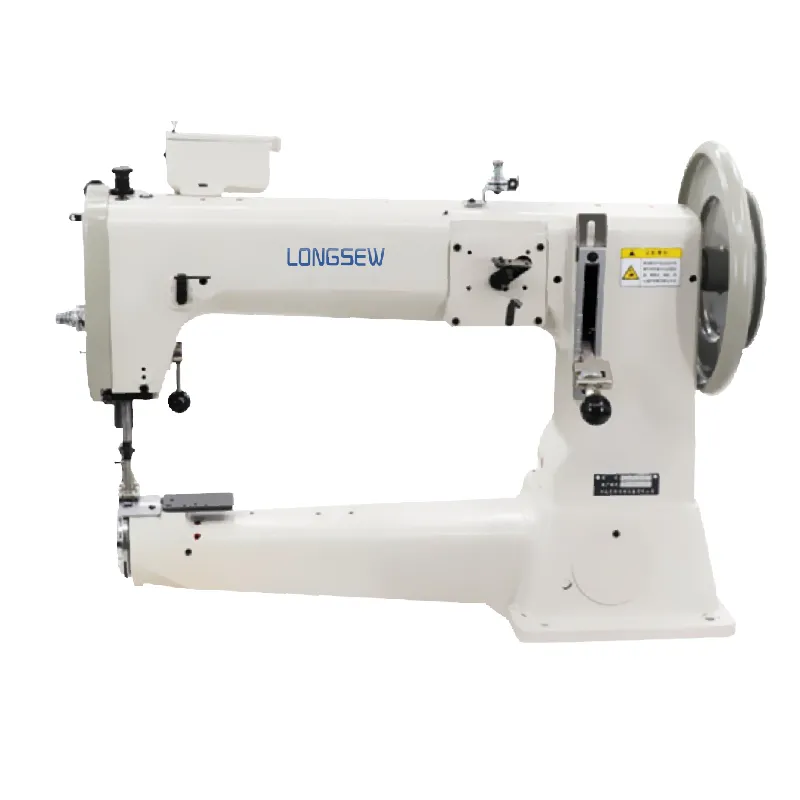Best Sewing Machines for Layering Thick Fabrics with Ease and Precision
When it comes to sewing thick fabric layers, having the right sewing machine and technique is crucial for achieving professional-looking results. The world of sewing offers an abundance of options, but not all machines are equipped to handle heavy-duty materials like canvas, denim, leather, or multiple layers of fabric. Here, we will explore the best practices and machines suited for sewing thick fabrics.
Choosing the Right Sewing Machine
To tackle thick fabric layers, it's essential to invest in a sewing machine designed for heavy-duty work. Look for machines that feature
1. Strong Motor A powerful motor provides the necessary force to penetrate thick layers of fabric without struggling. Models labeled as heavy-duty typically have more robust motors.
2. Adjustable Presser Foot Pressure This feature allows you to adjust the amount of pressure applied to the fabric, giving you better control over how the layers feed through the machine.
3. Wide Throat Space A larger throat area accommodates bulky projects, making it easier to maneuver multiple layers of fabric.
4. Walking Foot A walking foot is a great attachment for sewing thick fabrics. It helps to move the top layer of fabric at the same pace as the bottom layer, preventing bunching or uneven stitching.
5. Durable Needles Using the right needles is equally important. Opt for heavy-duty needles, such as size 90/14 or 100/16, specifically designed for thick materials. These needles have a larger eye that can accommodate thicker threads.
Preparation Before Sewing
Before you begin, it’s crucial to prepare your materials
- Cut Your Fabric Make sure to cut your fabric accurately, using sharp scissors or a rotary cutter. This minimizes fraying and ensures that the layers fit together well.
sewing machine thick fabric layers

- Pinning and Clipping Use a generous amount of pins or fabric clips to secure the layers together
. This step prevents shifting while you sew, which is especially important when working with thick materials.- Test Stitching Always begin with a test stitch on a scrap piece of your fabric. This will help you adjust the tension and stitch length before committing to your final project.
Sewing Techniques
Once you have your machine set up and your fabrics prepared, it’s time to start sewing
1. Slow and Steady When sewing thick layers, take your time. Slow down your sewing speed to maintain control over the fabric and prevent any mishaps.
2. Use a Straight Stitch A straight stitch is often the best choice for sewing thick layers. It provides strength and durability, which is necessary when the seams will experience strain.
3. Backstitching Don’t forget to backstitch at the beginning and end of your seams to secure them. This step is particularly vital when working with thick layers, as it helps prevent unraveling.
4. Avoiding Bunching If you encounter resistance when feeding fabric through the machine, gently tug on the fabric as you sew. This technique can help avoid bunching without pulling too hard, which could lead to misaligned seams.
Conclusion
Sewing thick fabric layers might seem daunting, but with the right equipment and techniques, anyone can master this skill. Investing in a high-quality sewing machine with the features necessary for heavy-duty work, preparing your materials correctly, and applying the right sewing techniques will help you produce professional-quality projects. Whether you're tackling upholstery, garments, or crafts, the ability to sew thick fabrics opens up a world of creative possibilities. Happy sewing!
-
Industrial Cylinder Arm Sewing Machine: Revolutionizing Heavy-Duty SewingNewsJul.28,2025
-
Cylinder Arm Sewing Machine: Perfect for Special Sewing ApplicationsNewsJul.28,2025
-
Cylinder Bed Sewing Machine: Essential for Sewing Complex MaterialsNewsJul.28,2025
-
Heavy Duty Sewing Machine: The Essential Tool for Industrial ApplicationsNewsJul.28,2025
-
Computerized Pattern Sewing Machine: Revolutionizing Precision StitchingNewsJul.28,2025
-
Heavy Duty Industrial Sewing Machine: Power Meets PrecisionNewsJul.28,2025
-
Leather Sewing Machine: The Industrial Standard for Tough MaterialsNewsJul.18,2025





























